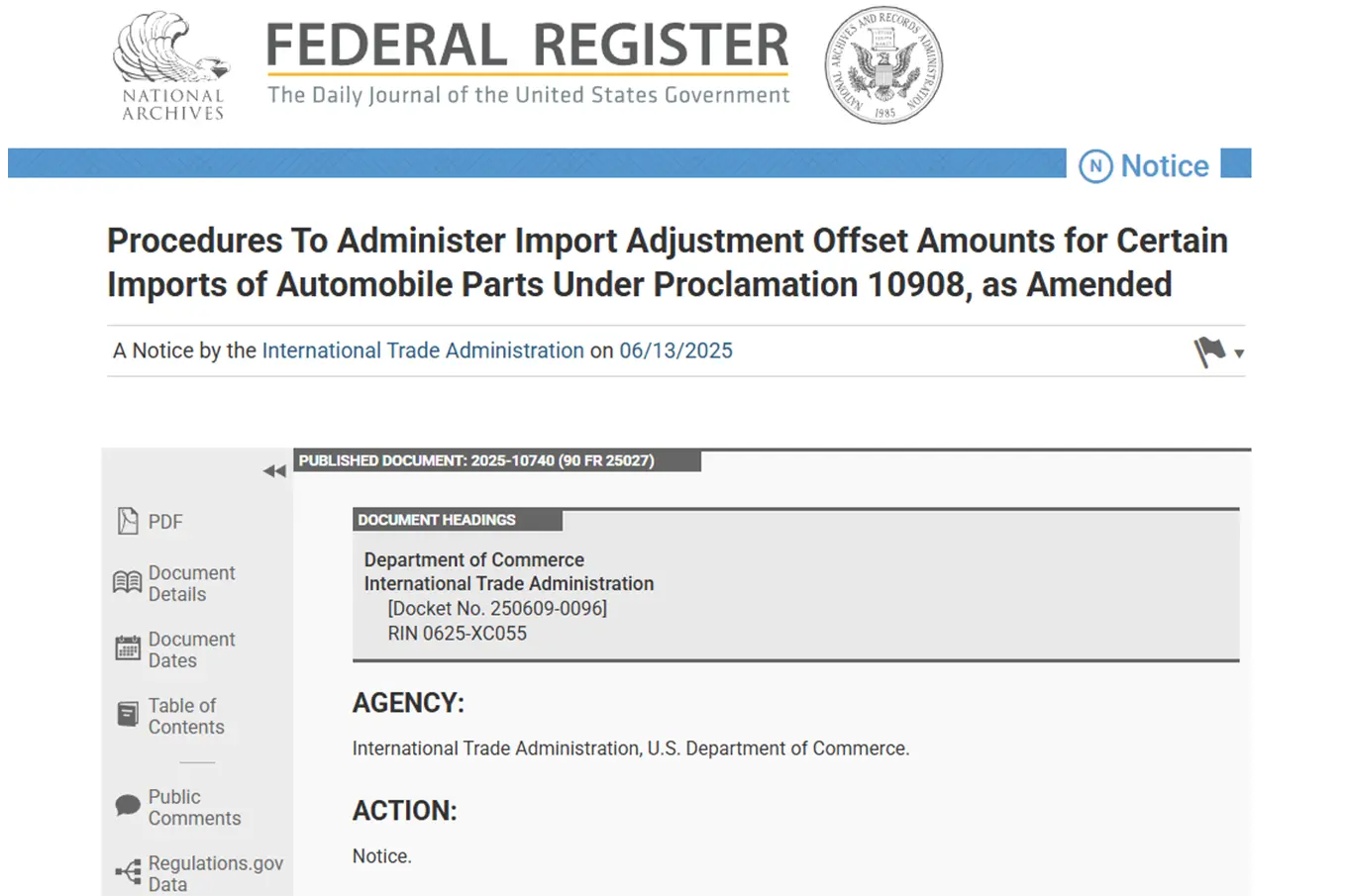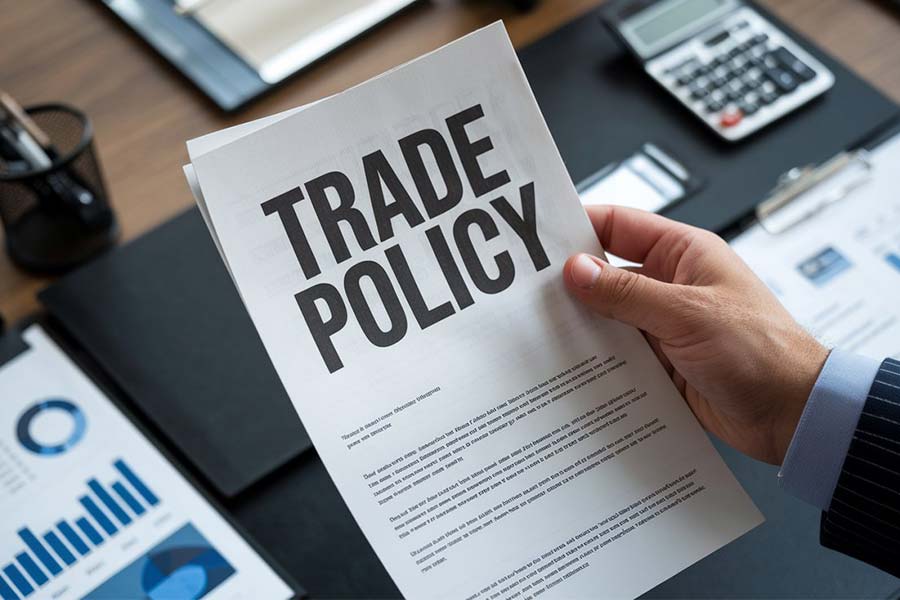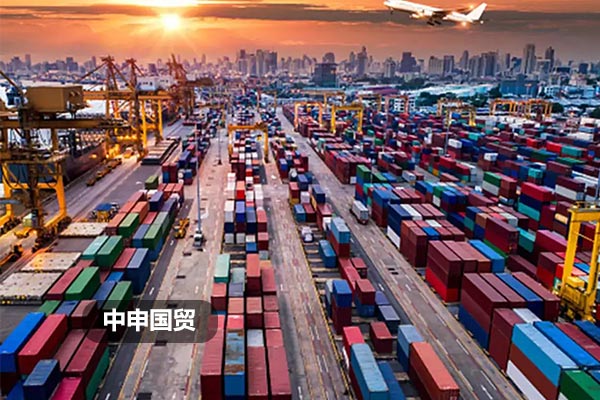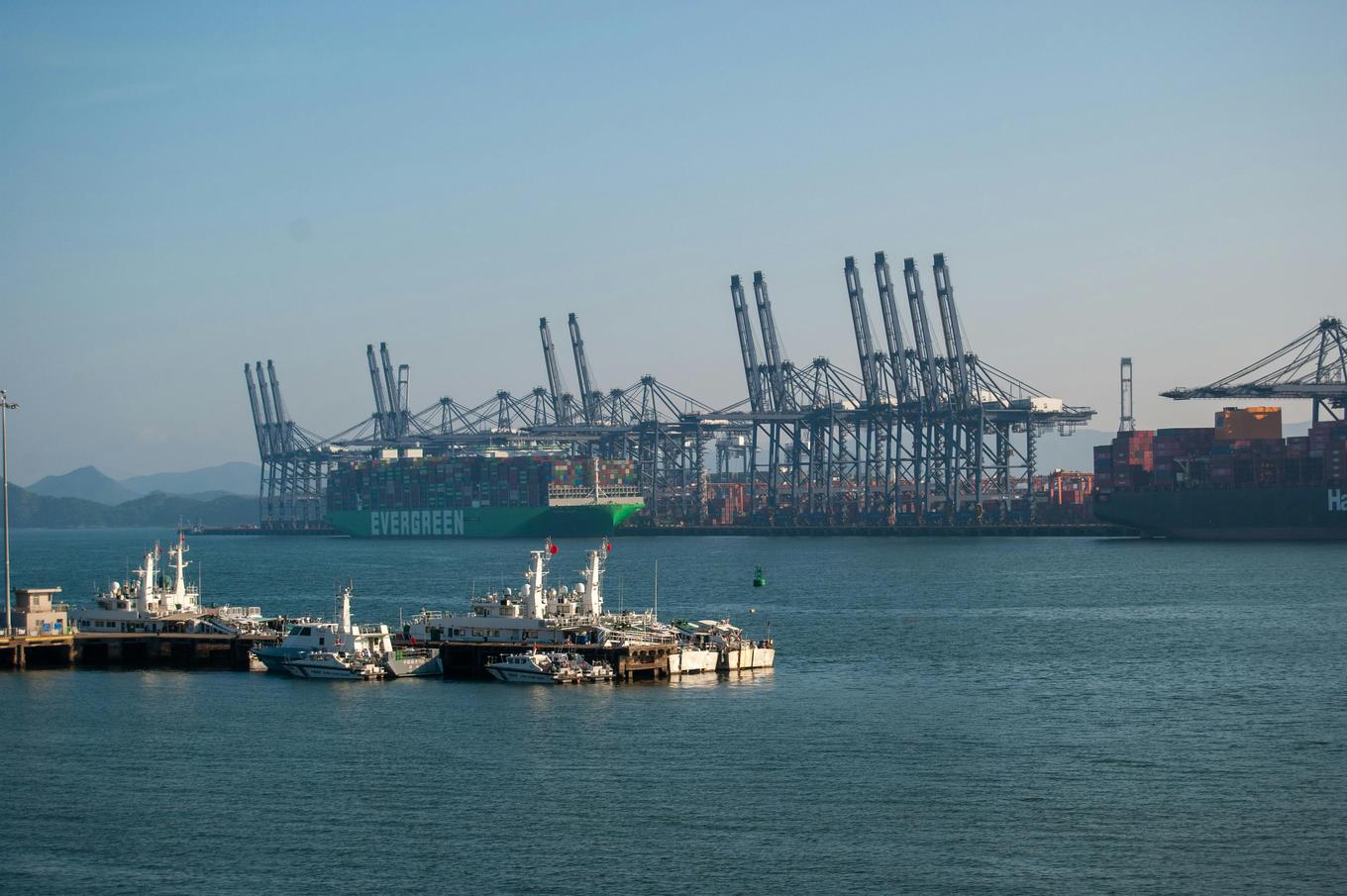- Shanghai Zhongshen International Trade Co., Ltd. - Two decades of trade agency expertise.
- Service Hotline: 139 1787 2118

The complexity of imported equipment customs declaration far exceeds expectations
Latest 2025 statistics from the General Administration of Customs show that the error rate in import declarations for electromechanical equipment reaches 37%, with 62% of declaration issues directly causing clearance delays. OneMedical Equipmentimporter was required to pay three years back taxes plus late fees totaling 2.86 million yuan due to HS code misclassification. These figures reveal:Equipment ImportsEvery step contains hidden risks. The value of professional customs brokers lies not just in processing formalities, but in building risk prevention systems.
Five core values of professional agency companies
Value 1: Pre-classification dispute resolution
When a semiconductor company imported lithography machine accessories, internal classification under heading 8486 as mechanical components was revised by the agency to heading 9031 for measuring instruments, reducing the tax rate from 8% to 3% and saving 740,000 yuan in taxes per shipment. Professional agencies typically provide:
- Customs classification database (containing 3 million equipment cases)
- Classification dispute resolution channels (pre-ruling application time reduced by 40%)
- Dynamic monitoring system (timely alerts for tariff code adjustments)
Value 2: Multi-dimensional compliance review protection
After implementation of the 2025 revised Mechanical and Electrical Products Import Management Measures, an automaker faced return shipment risks for failing to declare built-in AI modules. Professional compliance reviews include:
- Technical parameter compliance verification (focusing on energy efficiency and environmental indicators)
- It is recommended to verify through the following methods:Certificate authenticity verification (identifying 30 common certificate flaws)
- Royalty payment prediction model (avoiding post-audit tax supplements)
Key decision matrix for selecting agency companies
By comparing service data from 12 leading agencies, quality providers should demonstrate:
- Customs capability dimension
- AEO (Authorized Economic Operator) Advanced Certification
- 5+ years of practical equipment declaration cases
- Service network dimension
- On-site teams at major ports
- Emergency response time ≤ 2 hours
- Risk control system dimensions
- Self-developed risk early warning system
- Customs duty guarantee insurance channel
Typical value realization scenario analysis
Scenario 1: Phased shipment of complete equipment sets
When an energy company imported LNG liquefaction equipment, the agency adopted a functional unit split declaration strategy, dividing the complete system into 12 functional modules and declaring them in 3 batches, successfully avoiding complete equipment import license restrictions and reducing overall clearance time by 22 days.
Scenario 2: Compliance path for used equipment imports
For a printing company importing second-hand offset printing machines, the agency implemented a technical rectification + pre-shipment inspection combined solution, upgrading the equipments environmental indicators to CCC certification standards, avoiding 300,000 RMB in return shipment losses due to non-compliance.
These practical cases demonstrate that professional customs brokerage services have evolved from basic declaration to supply chain risk management. Companies should evaluate service providers based on industry case experience, customs technology application capabilities, and customs dispute resolution records to achieve optimal balance between import equipment clearance safety and efficiency.
Related Recommendations
? 2025. All Rights Reserved. Shanghai ICP No. 2023007705-2  PSB Record: Shanghai No.31011502009912
PSB Record: Shanghai No.31011502009912










